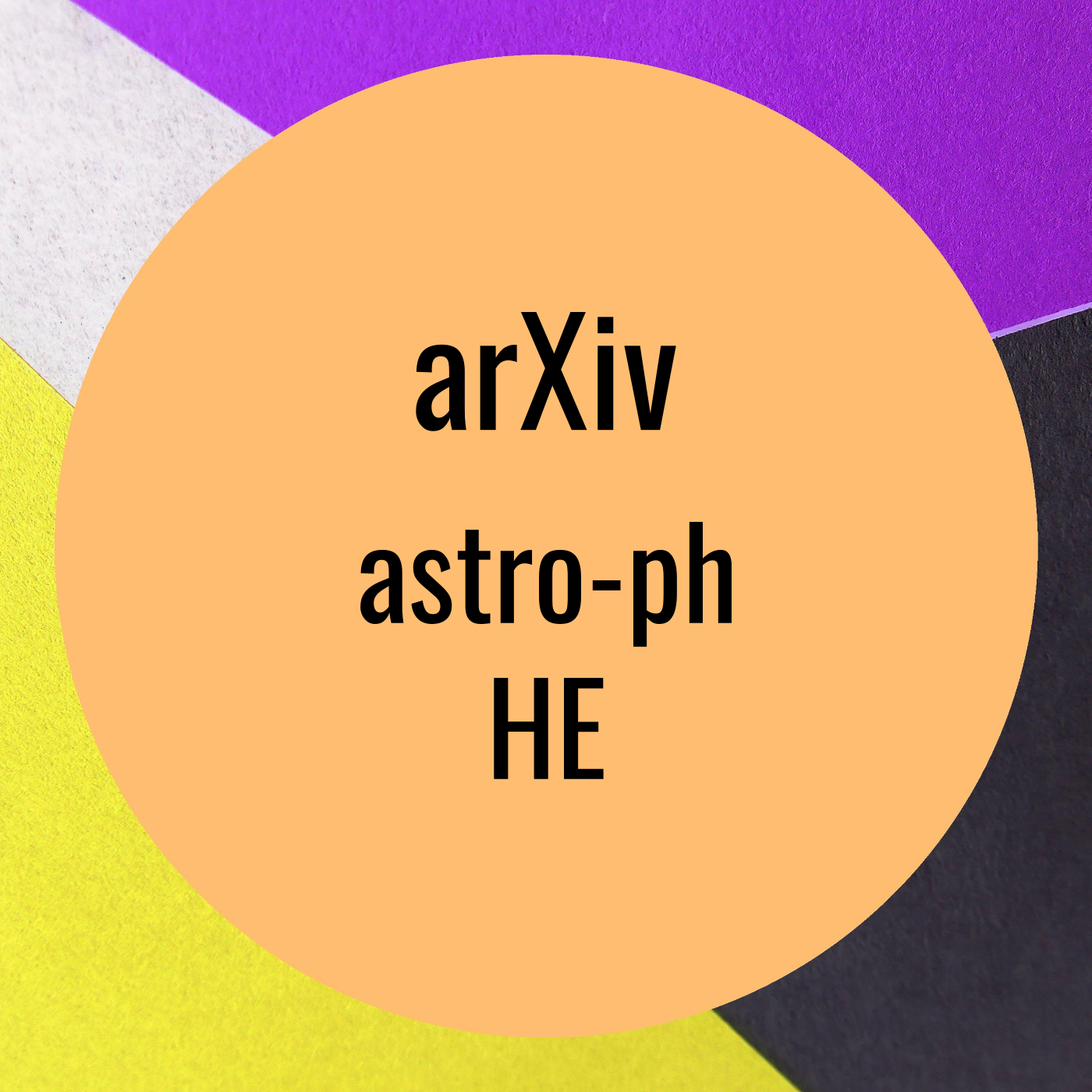Constraints on the Model of Gamma-ray Bursts and Implications from GRB 221009A: GeV gamma rays v s High-energy Neutrinos
Description
Constraints on the Model of Gamma-ray Bursts and Implications from GRB 221009A: GeV gamma rays v s High-energy Neutrinos by Ruo-Yu Liu et al. on Tuesday 29 November
Gamma-ray bursts (GRB) are generally believed to be efficient particle
accelerators. In the presence of energetic protons in a GRB jet, interactions
between these protons and intense radiation field of the GRB are supposed to
induce electromagnetic cascade. Electrons/positrons generated in the cascade
will produce an additional spectrum of robust feature, which is in the form of
a power-law distribution up to GeV regime with an index of $\lesssim 2$. We
suggest that measurements of Fermi-LAT at GeV band can provide independent
constraints on the key GRB model parameters such as the dissipation radius, the
jet's bulk Lorentz factor, and the baryon loading factor. Taking GRB 221009A,
the brightest GRB ever detected, as an example, we show that the constraints
from GeV gamma-ray emission may be more stringent than that from the neutrino
observation, providing us a deep insight into the origin of GRBs.
arXiv: http://arxiv.org/abs/http://arxiv.org/abs/2211.14200v1
More Episodes
Hard X-ray Observations of the Hydrogen-poor Superluminous Supernova SN 2018hti with NuSTAR by Igor Andreoni et al. on Wednesday 30 November
Some Hydrogen-poor superluminous supernovae are likely powered by a magnetar
central engine, making their luminosity larger than common supernovae....
Published 11/30/22
Fundamental physics with neutron stars by Joonas Nättilä et al. on Wednesday 30 November
Neutron stars are rich laboratories of multiple branches of modern physics.
These include gravitational physics, nuclear and particle physics, (quantum)
electrodynamics, and plasma astrophysics. In this...
Published 11/30/22
Published 11/30/22


